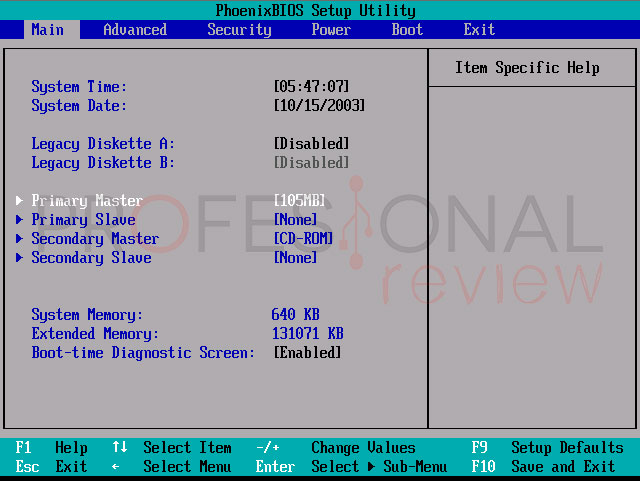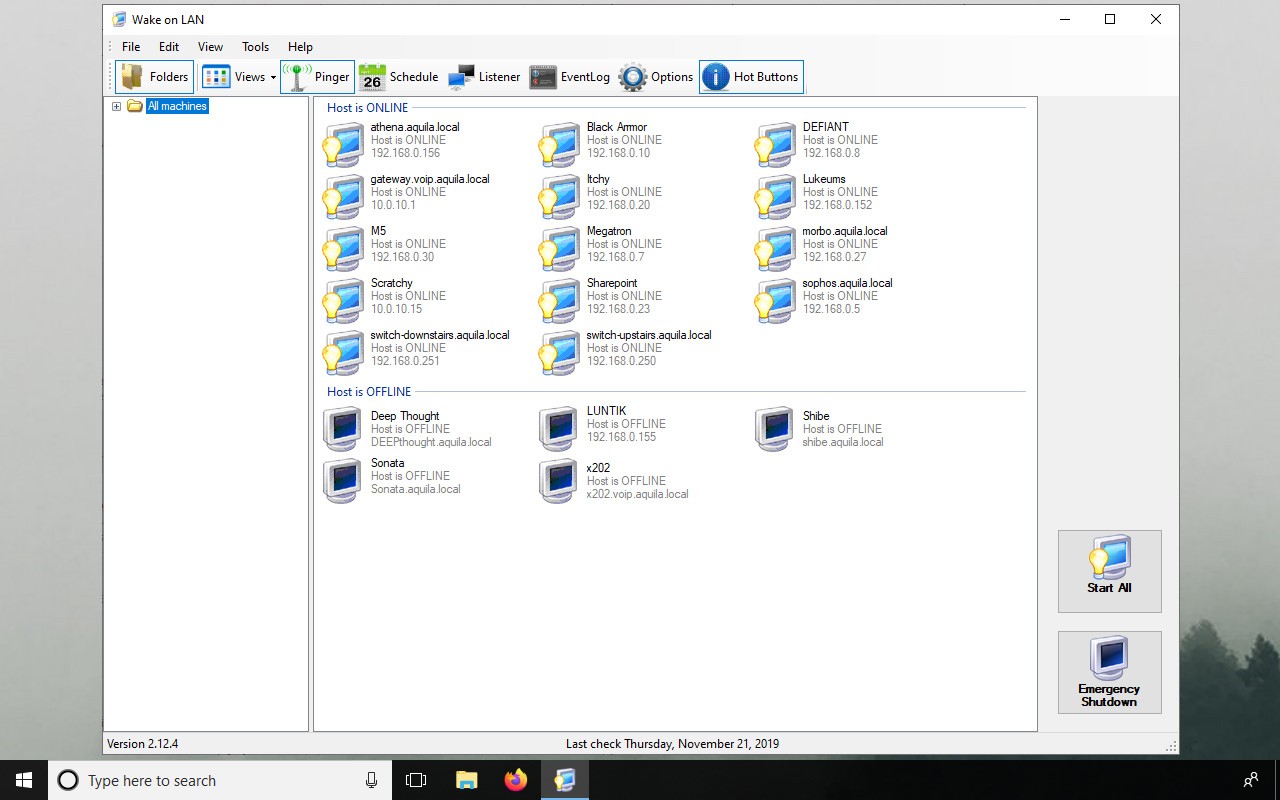

You can disable Wake-on-Lan for all connections permanently by adding a dedicated configuration file : The Wake-on-LAN settings can also be changed from the GUI using nm-connection-editor. To disable Wake-on-Lan, substitute magic with ignore. # nmcli c modify "wired1" 802-3-ethernet.wake-on-lan magic # nmcli c show "wired1" | grep 802-3-ethernet.wake-on-lan 802-3-ethernet.wake-on-lan: defaultĮnable Wake-on-LAN by magic packet on that connection:

Wired1 612e300a-c047-4adb-91e2-12ea7bfe214e 802-3-ethernet enp0s25īy following, one can view current status of Wake-on-LAN settings: One way to enable Wake-on-LAN by magic packet is through nmcli.įirst, search for the name of the wired connection: NetworkManager provides Wake-on-LAN ethernet support. etc/netctl/ profile ExecUpPost='/usr/bin/ethtool -s interface wol g' NetworkManager If using netctl, one can make this setting persistent by adding the following the netctl profile: First, make sure cron is enabled, and then edit a crontab for the root user that contains the following /usr/bin/ethtool -s interface wol g The $name placeholder will be replaced by the value of the NAME variable for the matched device.Ī command can be run each time the computer is (re)booted using in a crontab. etc/udev/rules.d/ les ACTION="add", SUBSYSTEM="net", NAME="en*", RUN+="/usr/bin/ethtool -s $name wol g" Otherwise, NAME would be undefined and the rule would not run. The file name is important and must start with a number between 81 and 99 so that it runs after les, which renames interfaces with predictable names. The following rule will turn on WOL on all network interfaces whose name matches en*. Udev is capable of running any command as soon as a device is visible.
#Apple remote desktop wake on lan install
This is an equivalent of previous systemd.link option, but uses a standalone systemd Īlternatively install the wol-systemd AUR package, then activate this new service by starting rvice.


 0 kommentar(er)
0 kommentar(er)
